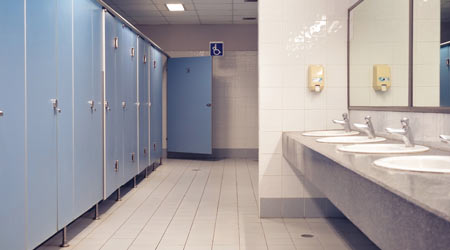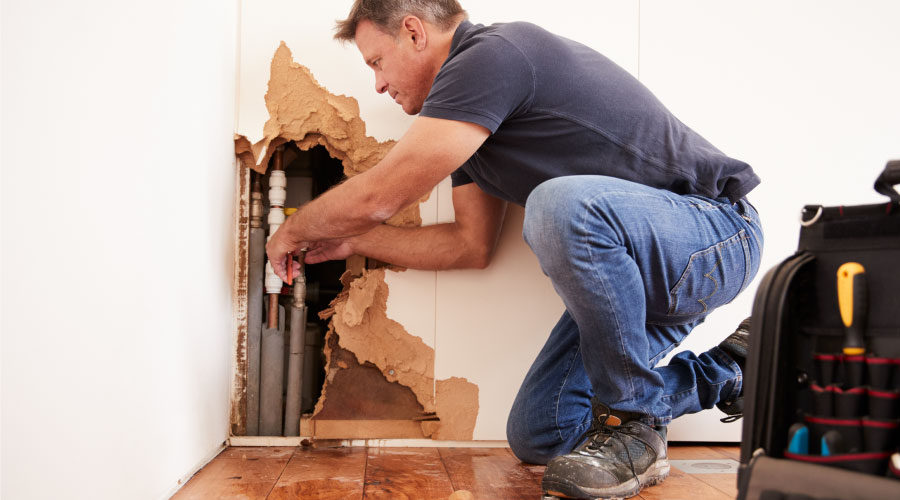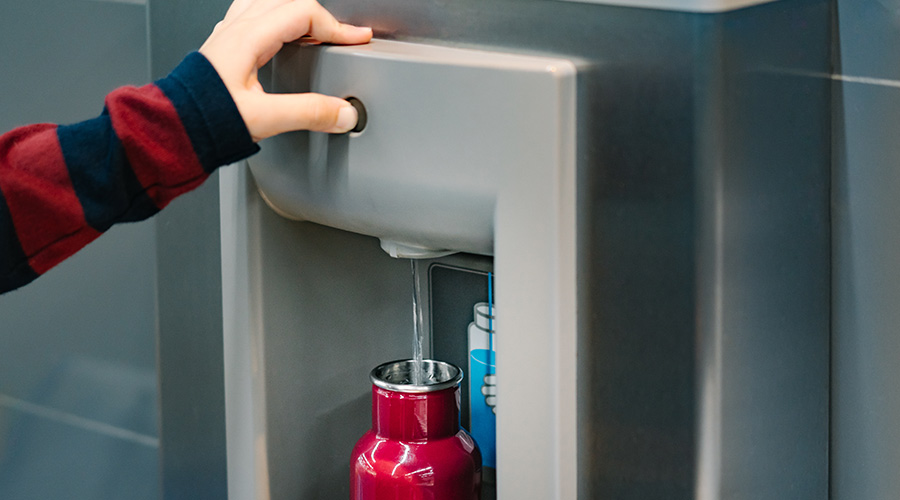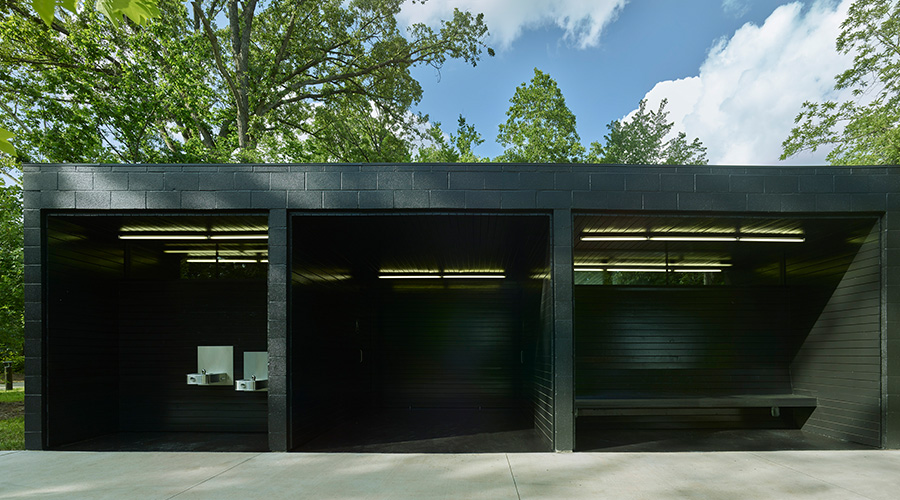 Managers planning plumbing upgrades need to focus on the
key products — toilets, urinals and faucets — whose performance and reliability will determine the project’s long-term success.
Managers planning plumbing upgrades need to focus on the
key products — toilets, urinals and faucets — whose performance and reliability will determine the project’s long-term success.Toilet Specification for Successful Plumbing Upgrades
Toilets, urinals and faucets are key components of plumbing and restroom upgrades that deliver water conservation and savings
Toilet types include single flush, dual flush and gravity tank. Green building standards all include the maximum flow rates to comply with each system, and many have identical standards. Most commercial facilities stay away from the tank-type toilets, since they take longer to refill and require more routine maintenance with commercial usage estimates. In addition, water-supply lines in commercial facilities can provide a sufficient water flow to accommodate tankless toilets.
Some jurisdictions have banned tank-type toilets in commercial spaces due to these limitations, as they are rarely as effective as their pressure-assisted counterparts. For facilities with existing tank-type toilets, managers can specify retrofit kits that turn a typical toilet into a lower gallon per flush (gpf) or dual-flush system. But any aftermarket product comes with its own set of problems and probably are best to avoid.
Existing commercial facilities typically use standard single-flush toilets, but it is not uncommon to see dual-flush toilets in newer or renovated buildings because they are the standard for building installations after 2013. Newer, single-flush-type flushometers operate at 1.28 gpf and 1.1 gpf, and they typically carry the high-efficiency toilet (HET) label. The 1.28 gpf value is the standard across all of the listed green building programs and is the requirement in some instances to earn the WaterSense performance certification.
Some of the issues with previous iterations of lower-consumption flushometers related to the inability of the system to fully clear the toilet in one flush, requiring multiple flushes and negating water conservation from using the low-flow fixture. As a result, managers must make sure renovations or improvements consider both the flush fixture and the bowl fixture. On the lower end, units that can operate at 1.1 gpf typically need a specialized toilet that has been maximized for the lower flush rate in order to ensure proper operation.
Dual-flush toilets are a popular option for upgrades to restrooms with existing bowl fixtures because they include a dual-flush valve with varying flow rates for solids and liquids — typically, 1.6 gpf for solids and 1 or 1.1 gpf for liquids — because they must maintain a maximum dual-flush flow rate of 1.28 gpf. This requirement helps eliminate compromising the efficiency of the bowl fixture that might not have been designed to maximize waste removal at a lower flow rate.
One common problem with dual-flush toilets involves user error. The toilets can clog frequently if users attempt to flush solids with the lower water quantity. Users also tend to resort to multiple flushes, and even though dual-flush fixtures became the standard in some areas and include clear instructions on the fixture itself or surrounding areas, users often do not operate these fixtures as intended. When used properly, dual-flush toilets can cut water consumption by 20 percent compared to the 1.6 gpf alternative.
Related Topics:














